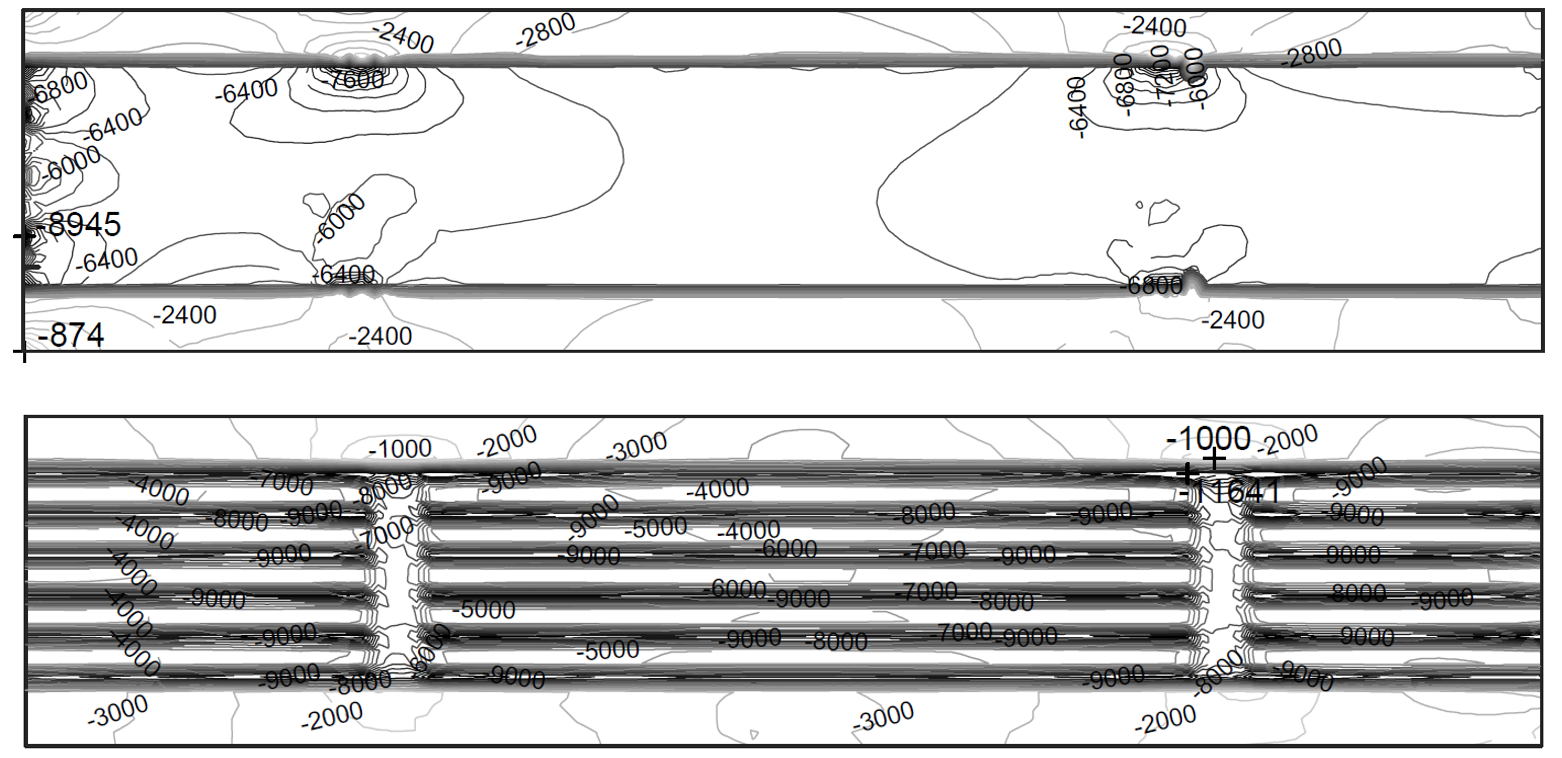Nonlinear Finite-Element analysis of a pre-stressed reinforced concrete bridge
(original title: Nichtlineare Finite-Elemente-Analyse einer vorgespannten Stahlbetonbrücke)
Author: Alexander Bernold
Language: German
Abstract
The verification of existing structures consisting of structural concrete is a task often met in an engineer’s daily business. Generally, the same structural software is used as for designing new buildings. This software uses linear elastic models. These models are not appropriate for simulating the load-deformation behaviour of structural concrete. A deeper understanding of the behaviour of buildings made of structural concrete can be obtained using a non-linear finite element analysis. For this purpose, the cracked membrane model has been implemented as a user defined material (UserMat) in the structural software Ansys Mechanical. Using the UserMat it is possible to predict the non-linear behaviour of structural concrete correctly.
In this master thesis the superstructure of an existing railway bridge made of structural concrete is calculated both linearly and non-linearly. The calculations lead to different results for the internal forces. Normal forces, bending moments and shear forces are not carried in the same way. The reason for the differences is the crack formation. The formation of cracks cannot be considered in the linear calculation. Further differences can be found in the verifications. Even though, it is generally possible to mobilise reserves in the bearing capacity using a non-linear calculation in this example the bridge cannot be shown to have a higher bearing capacity when calculated non-linearly. In this example the value of the non-linear analysis does not lie in a higher degree of fulfilment but in a deeper discussion and, therefore, better understanding of the static behaviour of this railway bridge.

